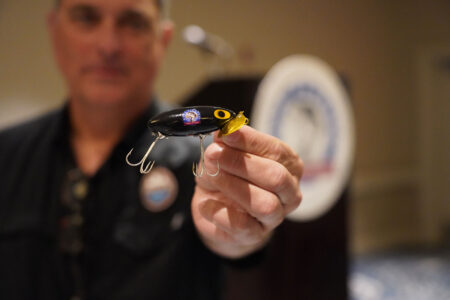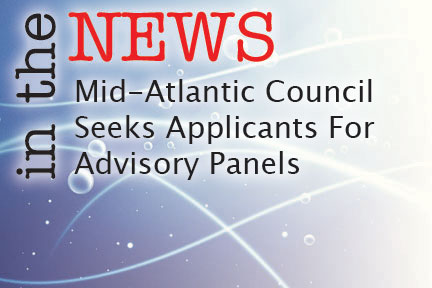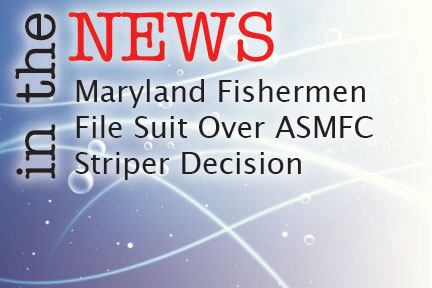A keystone of the Connecticut Coastal Management Program is improving public access to Connecticut’s coast. Since it began in 1980, the program has provided the citizens of Connecticut with better access to the state’s waterfront areas, including the addition of over 12.5 miles of coastal access, much of which was obtained through the municipal coastal site plan review process.
In addition, the program developed the Connecticut Coastal Access Guide, now an online interactive website that identifies more than 300 coastal sites where the public can enjoy diverse access opportunities including boating, swimming, fishing, and hiking.
The importance of providing access to public spaces has also been highlighted throughout the GC3 process, from both an environmental equity perspective and a public health perspective. The Science and Technology Working Group draft report states:
The [COVID-19] pandemic has spotlighted the rapidly emerging research linking nature to health, and many natural areas throughout Connecticut saw unprecedented visitation (and some frequently closed due to overcrowding). Equitable, local, and accessible opportunities such as community gardens, parks, forests, recreational trails, and nature preserves provide cool places for respite and benefit everyone.
Beyond individual benefits, we cannot lose sight of the fact that nature is our collective lifeline. It is imperative that we protect and increase ecological integrity strategically and connect ecosystems across the landscape – from urban spaces to forested regional corridors, and as recommended in the Green Plan. Prioritizing nature for environmental justice includes identifying and prioritizing opportunities to protect ecosystems where possible and restore them as needed with evidence-based interventions in urban, suburban, and rural communities.
Further, the following recommendation contained in the draft GC3 Phase I Report identifies the importance of access to natural areas:
Create safe, equitable opportunities for people of diverse backgrounds to access and enjoy water resources through strengthening grants; enhancing programs that better engage and inform underserved communities and improve their access to freshwater resources; and improving staff training and diversity.
A rivers-related recommendation in the Phase I Report also promotes the expansion of urban green spaces, including the protection and/or re-establishment of riparian corridors.
The Connecticut Coastal Management Program is proud to be a leader in enhancing the public’s ability to access Long Island Sound and its coast. In light of the GC3 Science and Technology Working Group’s finding that there will likely be more frequent and higher temperature events in Connecticut because of climate change, the ability to find a cool, green (or blue) space, especially in underserved communities, will be even more crucial. And Connecticut’s Coastal Management Program will continue to lead the charge to provide public access to Long Island Sound for everyone.




